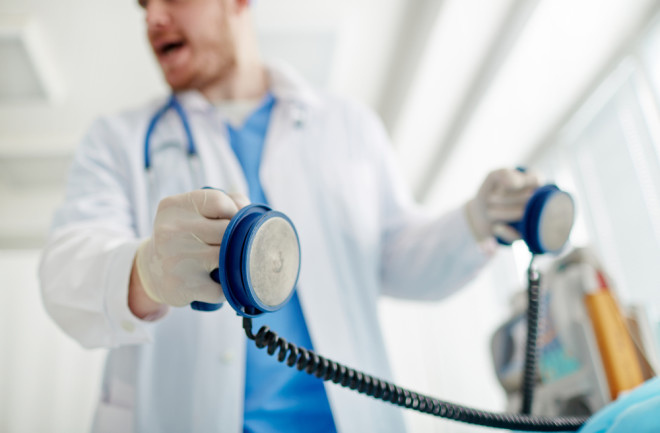For most of history, humans had no idea what happens when you die. Death was, as Hamlet put it, an “undiscovered country from whose bourn no traveler returns.” But with the advent of cardiopulmonary resuscitation (CPR), people are returning, at least from the borders of that country, with tales to tell.
What Do People See When They Die?
The accounts of people who have had what are popularly known as neath death experiences (NDE) are remarkably similar: the presence of a glowing white figure, a sense of peace and tranquility, cameos by deceased family members, out-of-body experiences, and memories from life, including what some call “life reviews.”
Not all reports are pleasant, however. Some returning travelers report feeling terror, isolation, and pain. These descriptions of NDEs have caused wild speculation and include claims of proof of life after death.

